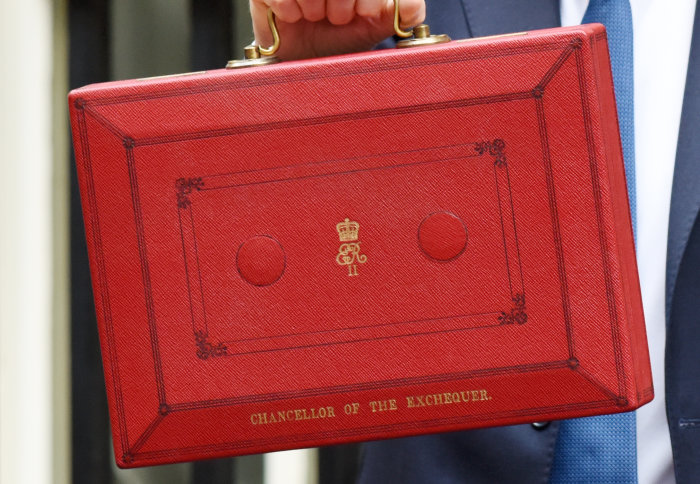- Purchasers and owners of commercial property have an unusual chance to save significant amounts of tax in a way that is encouraged by government.
- Current owners and potential purchasers should seek expert advice quickly to secure the value hidden in a property transaction
How Does It Work?
It is a form of tax relief called “Capital allowances” which you may have come across if you or your business has bought vans, a lathe or even a telephony system. They are one of the few forms of tax planning actively encouraged by the government and help businesses invest in growth. These Allowances are also available for larger sums spent within commercial property. This expenditure can include the purchasing, refurbishment or refitting of a property, or extending an existing property.
How does claiming capital allowances work for property?
The two main types of capital allowance that we are interested in are for items we can define as either “plant and machinery” or “integral features”.
Plant and machinery assets are items that turn the bare walls of a building into somewhere that can operate a business or “trade”. The trade could, for instance, be a hotel, or a dentist or even the lease of property to a business. Examples of plant and machinery include sanitary ware, central heating and passive ventilation, CCTV, fire detectors and even door closers.
Integral features are larger systems within a building such as electrical and water supplies, lifts and heating or cooling installations.
A capital allowances claim brings the values of all these individual items together and gives a total number which an Accountant can then use to reduce tax.
The tax savings happen at different rates depending on which type of asset they are and when they were bought but almost always they are significant.
Who can claim capital allowances within a property?
Any income or corporation tax paying individual or entity that spends or has spent money on plant and machinery or integral features within a commercial property can claim.
Capital allowances – Changing Times
Most capital allowance claims are carried out on property that was bought at some point in the past and the good news is that any property purchased before April 2014 can be assessed at any time for a claim.
The recent change is that from 1 April 2014, a purchaser has no right to claim capital allowances when they buy. To claim capital allowances on the acquisition of a property, the purchaser will need to negotiate with the vendor to ‘pool’ any unclaimed allowances from the previous purchase and expenditure within the property.
If this is not done, then capital allowances cannot be claimed by the buyer or any future buyer of the property.
Example
A serial property owner has acquired a number of properties over a long period for £10.8m, the properties sit on the balance sheet of various companies and partnerships. Our capital allowance partners have looked at each property and identified allowable items from the point of acquisition and through the period of ownership. The outcome is that the client will save in excess of £500,000 in tax over a number of years boosting the yield of the portfolio and giving him a negotiable asset if any of the properties are sold.
Summary
- Buyers and owners of commercial property have an opportunity to save significant amounts of tax in a way that is encouraged by government.
- Owners who acquired before April 2014 are able to claim at any time.
- Current and future buyers should seek expert advice to secure the value in the transaction
- Work with a team of consultants who have carried out nearly seven hundred claims in this field and are proud to stand by the value they have added to their clients
- Enjoy a FREE capital allowances assessment to see if a property would qualify (almost all do…)








